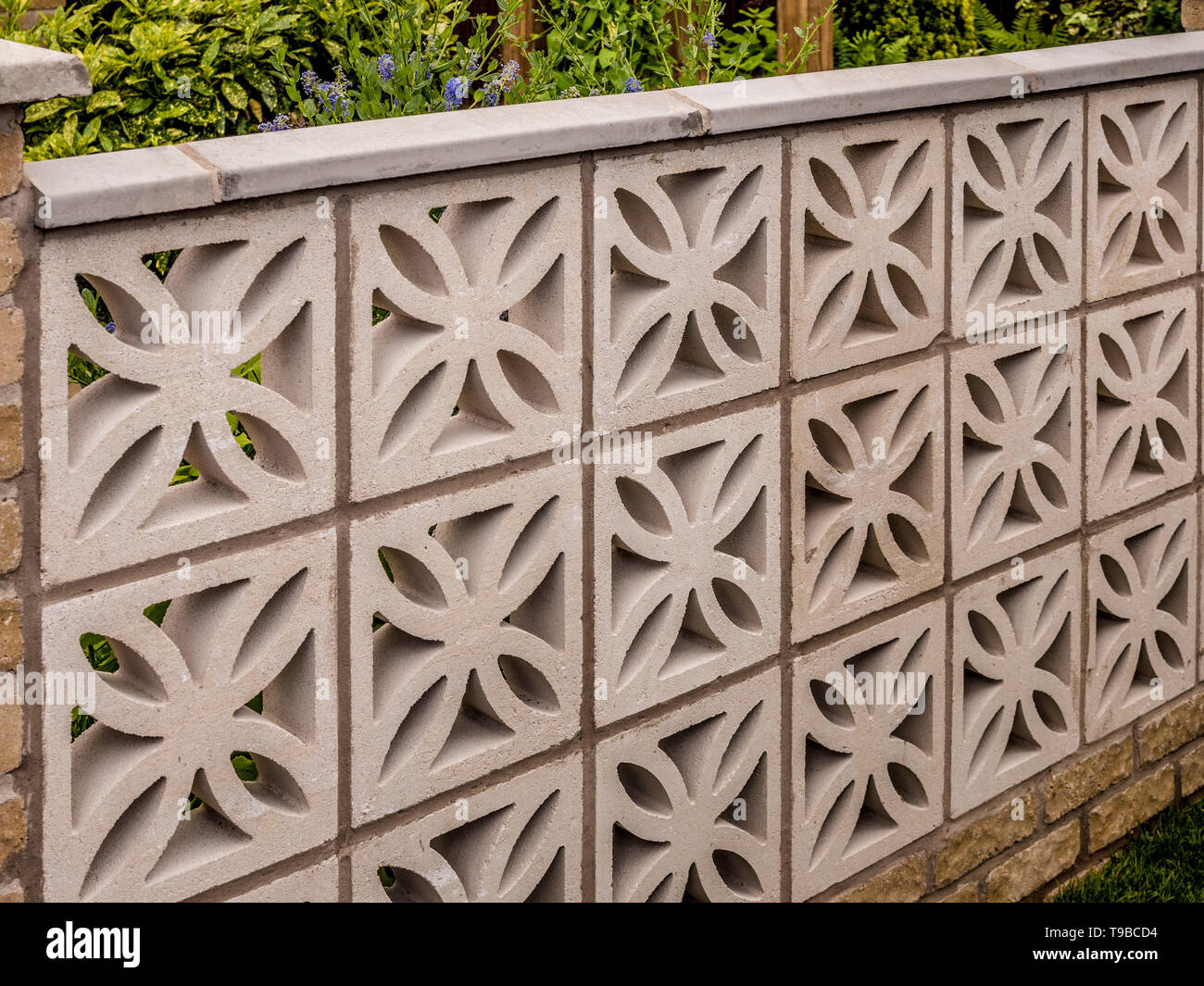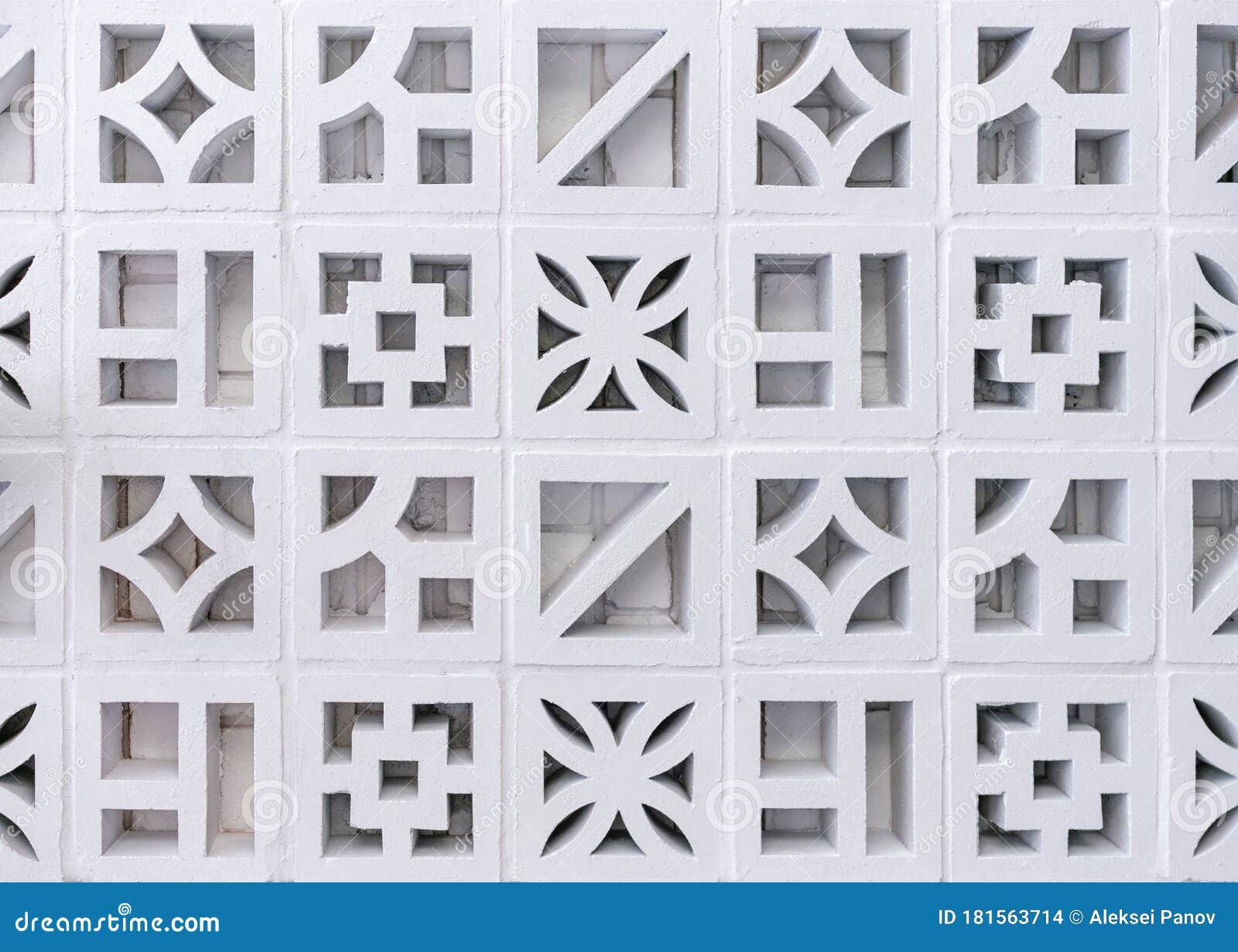Welcome to the world of decorative wall blocks! If you’re looking to elevate your space with unique design elements that are both functional and visually appealing, you’ve come to the right place. Having transformed my own home using decorative wall blocks, I can personally vouch for their versatility and charm. Let’s dive deep into this subject and explore how these stunning elements can enhance your home.
What Are Decorative Wall Blocks?
Decorative wall blocks are architectural elements that can be used for both interior and exterior design. Made from various materials such as concrete, stone, or even recycled materials, they can add texture, depth, and style to any space. But what makes them truly special is their ability to transform an ordinary wall into a breathtaking feature.
The Evolution of Decorative Wall Blocks
Originally, wall blocks were primarily used for structural purposes. Over time, designers and homeowners began to recognize their aesthetic potential. Today, decorative wall blocks come in countless shapes, sizes, and finishes, allowing for endless creative possibilities.

Types of Decorative Wall Blocks
Understanding the different types of decorative wall blocks is essential for making informed design choices. Here are some popular options:

1. Concrete Wall Blocks
Concrete wall blocks are durable and versatile, making them a popular choice for both indoor and outdoor applications. They can be painted or stained to match any decor style.
2. Natural Stone Wall Blocks
Natural stone blocks offer authenticity and elegance. They are perfect for creating rustic, farmhouse, or contemporary aesthetics.

3. Lightweight Wall Blocks
These blocks are made from materials like foam or fiberglass, making them easy to handle and install. They can mimic the look of heavier materials without the added weight.
4. Recycled Material Wall Blocks
For the environmentally conscious homeowner, blocks made from recycled materials provide a sustainable option that doesn’t compromise on style.

Comparison Table of Decorative Wall Block Types
| Type | Durability | Installation Ease | Aesthetic | Cost |
|---|---|---|---|---|
| Concrete | High | Moderate | Modern/Rustic | $$ |
| Natural Stone | Very High | Difficult | Elegant/Rustic | $$$ |
| Lightweight | Moderate | Easy | Varied | $ |
| Recycled Material | Moderate | Easy | Eco-friendly | $$ |
Benefits of Using Decorative Wall Blocks

Incorporating decorative wall blocks into your home can provide numerous advantages:
1. Aesthetic Appeal
Wall blocks can vastly improve the visual interest of any space, creating focal points that draw the eye.

2. Versatility
With a variety of styles and materials available, decorative wall blocks can fit into any design scheme, from modern to traditional.
3. Durability
When properly installed, decorative wall blocks can last for decades, making them a worthwhile investment in your home.
4. Easy Maintenance
Most wall blocks require minimal maintenance, only needing occasional cleaning to keep them looking their best.
Pros and Cons of Decorative Wall Blocks
| Pros | Cons |
|---|---|
| Enhanced visual appeal | Can be heavy and require structural reinforcement |
| Diverse styles and materials | Initial cost can be high for certain types |
| Durability | May require professional installation for complex designs |
| Low maintenance | Some materials may fade over time |
Choosing the Right Decorative Wall Block for Your Space
Choosing the right decorative wall block involves considering several factors:
1. Purpose of the Space
Determine whether the space is interior or exterior, as this will influence your material choice. For example, natural stone might be better suited for a patio, while lightweight blocks may be ideal for indoor decor.
2. Design Style
Match the wall blocks to your existing decor. If your home has a rustic charm, natural stone may complement it perfectly.
3. Budget
Understand your budget and consider both material and installation costs. Lightweight blocks offer an economical option without sacrificing style.
4. Climate Considerations
If using wall blocks outdoors, consider the climate of your area. Some materials are more resistant to moisture and extreme temperatures.
Installation Tips for Decorative Wall Blocks
If you’re preparing to install decorative wall blocks, here are some tips to guide you:
1. Prepare the Surface
Ensure that the wall surface is clean, dry, and free from any old paint or debris. This will help the adhesive bond effectively.
2. Use Quality Adhesives
Invest in quality adhesive designed for the type of wall blocks you are using to avoid future issues with peeling or falling.
3. Plan Your Design
Before starting, lay out your design on the floor to visualize the finished product. This can help you make adjustments as needed.
4. Level and Align
Use a level to ensure that your wall blocks are straight. This is crucial for achieving a professional look.
5. Allow for Drying Time
After installation, allow sufficient drying time according to the adhesive manufacturer’s instructions before decorating or using the space.
Creative Ways to Use Decorative Wall Blocks
Beyond standard wall applications, decorative wall blocks can be used in various innovative ways:
1. Accent Walls
Create a stunning accent wall in your living room or bedroom using a bold color of wall blocks.
2. Outdoor Fireplaces
Enhance your outdoor living space with a decorative wall block fireplace, providing both warmth and a visual centerpiece.
3. Garden Borders
Use decorative blocks to create beautiful borders in your garden, adding a rugged yet stylish element.
4. Planter Boxes
Construct planter boxes from wall blocks for a cohesive garden look that also serves a purpose.
Design Ideas and Inspirations
Here are some design inspirations to spark your creativity:
1. Industrial Chic
Combine concrete blocks with metal accents for a trendy industrial look.
2. Rustic Retreat
Pair natural stone blocks with wooden elements for a warm, rustic aesthetic.
3. Modern Minimalism
Use simple geometric blocks in monochromatic colors for a sleek, modern vibe.
Frequently Asked Questions (FAQs)
Q1: What are the best materials for outdoor decorative wall blocks?
A1: Natural stone and concrete are excellent choices for outdoor use due to their durability and weather resistance.
Q2: Can I paint decorative wall blocks?
A2: Yes, many wall blocks can be painted. Ensure you use a paint designed for the specific material to guarantee adherence and longevity.
Q3: How do I clean decorative wall blocks?
A3: Regular cleaning with soap and water is often enough. For tougher stains, consider using a pressure washer or a specialized cleaner suitable for the material.
Q4: Are decorative wall blocks good for sound insulation?
A4: Yes, wall blocks can provide sound insulation depending on their material density, making them an excellent option for reducing noise.
Q5: How long do decorative wall blocks last?
A5: With proper installation and maintenance, decorative wall blocks can last for decades, making them a durable investment for your home.
Conclusion
Decorative wall blocks are more than just a design trend; they offer an opportunity to enhance the beauty and functionality of your home. With endless materials, styles, and applications, there’s a perfect block for every space. Armed with this guide, I encourage you to explore the transformative potential of decorative wall blocks in your own home. Happy decorating!